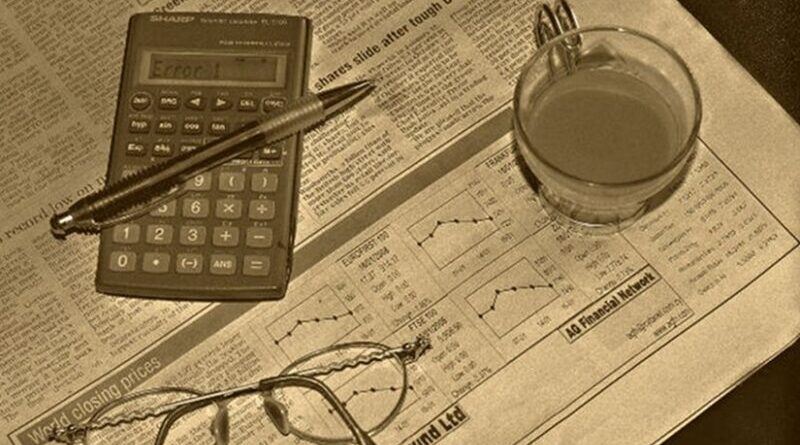Traders’ Short-Termism: It Doesn’t Have To Spell Disaster
To protect financial markets from possible harm, investors’ perceived “short-sightedness” occupies an important place in the regulatory agenda.
The preoccupation with short-term trading led Keynes to compare financial markets to “beauty contests,” arguing that investors made decisions based on the expected capricious behavior of their colleagues — the perception of what others will find valuable — rather than on any understanding of real value.
Some researchers maintain that this kind of behavior breeds informational inefficiency, in which investors tend to give excessive weight to public information in their prediction of asset prices. Moreover, the forecast of short-term price fluctuations could lead to market players overreacting, thus intensifying such fluctuations and contributing to market meltdowns.
In an article published in The Journal of Finance, IESE’s Xavier Vives and Giovanni Cespa explore the limits of the “beauty contest” analogy. Their research reveals that short-termism does not by default generate informational inefficiency. They demonstrate this by means of a market model characterized by persistent activity among liquidity traders (major banks and institutional investors) and risk-averse, privately informed short-term investors.
Persistence Is Key
The authors claim the persistence in the positions of liquidity traders has a significant effect on how investors react to private information.
When liquidity traders’ orders are correlated in the model’s two trading periods, investors can retrospectively evaluate the evidence obtained during the first period in conjunction with new information. Having this opportunity to review their forecasts, the authors believe, generates strategic complementarities in the use of private information that can yield multiple stable equilibria.
Specifically, Vives and Cespa identify two potentially stable informational equilibria: high information equilibrium (HIE) and low informational equilibrium (LIE). With HIE equilibrium, prices are good indicators of fundamentals (the companies’ basic financial, accounting and economic data), volatility is low and liquidity high. With LIE, the opposite is true.
Public and Private Information
In their analysis, the authors verify that, when liquidity providers orders are predictable, the effects of short-termism on traders in observable market data depend on the quality of public information.
As a result, one of two scenarios occurs:
1. When public information is not much more precise than private signals, the retrospective inference channel is not particularly strong. In this case, a stable equilibrium arises that is characterized by low volatility, high liquidity, high price informativeness, high volume, and low levels of disagreement. This equilibrium exists alongside another equilibrium in which prices are more volatile and less informationally efficient, the market is thinner, volume is low, and disagreement is high.
2. When public information is either very precise or very poor, the low-volatility equilibrium disappears or becomes unstable while the high-volatility equilibrium survives.
Thus, the authors’ analysis indicates that there could be a nonlinear effect of public information on market observables.
Expectations
The research also clarifies the role of expectations in asset pricing. With liquidity trading persistence, prices are driven by average expectations about fundamentals and about liquidity trading. This dynamic can move prices either systematically farther away from or closer to fundamentals — along the LIE and the HIE, respectively — as compared with the consensus of investors.
Vives and Cespa show that when public information is either very precise (compared with private signals) or very poor, prices are farther away from fundamentals compared to consensus. However, a public signal of intermediate precision makes the HIE stable, drawing prices closer (than consensus) to the fundamentals.
This analysis establishes the limits of the beauty contest analogy for financial markets and provides empirical implications to assess the effect of expectations on asset prices.
As the authors conclude, the beauty contest aspect does not necessarily imply that asset prices will be lower, nor that investors will display inertia or react slowly to changes in fundamentals. They refute the premise that short-term trading will always amplify demand shock or lead to uninformative prices or excessive volatility.
Indeed, they interpret the recent financial crisis as a transition from HIE to LIE, in response to abrupt changes in the volume traded and in the precision of the public information.
Methodology, Very Briefly
The authors work from a two-period market model where short-term, informed, competitive, risk-averse investors trade on private information and accommodate liquidity supply while facing persistent demand from liquidity traders.
Vives acknowledges financial support from the European Research Council under the Advanced Grant project Information and Competition (no. 230254) and from project ECO2011-29533 of the Spanish Ministry of Science and Innovation at the Public-Private Sector Research Center at IESE.

